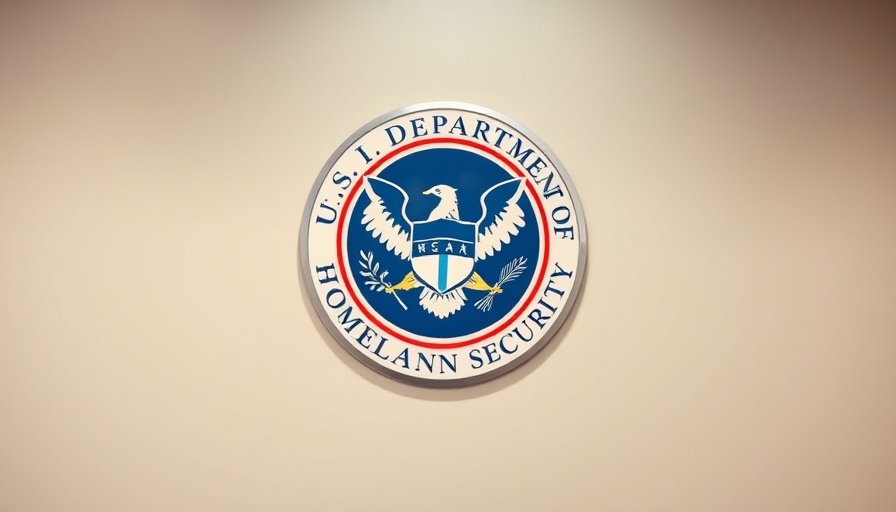
Unpacking the Expansion of Third-Country Deportation Policies
Recently, five individuals were deported from the United States to the African nation of Eswatini, marking a notable expansion of the Trump administration's third-country deportation program. This initiative has raised questions regarding international agreements and the responsibility nations hold toward their citizens, particularly those deemed too dangerous to return home. The U.S. Department of Homeland Security revealed that the deportees included citizens of Vietnam, Jamaica, Cuba, Yemen, and Laos, all of whom were categorized as convicted criminals. Assistant Secretary Trisha Mlan described them as "uniquely barbaric", underscoring the severity of their past actions.
In Five deported from US to Eswatini over criminal convictions, the discussion dives into the complexities surrounding deportation policies, prompting a deeper analysis of international responsibilities and human impacts.
Understanding Eswatini's Position
While the United States undertakes these deportations, the government of Eswatini has not publicly commented on its willingness to accept individuals under these circumstances. This lack of response raises questions about the potential international agreements or policies that influence these decisions. Such deportations of individuals who pose a threat to society can put pressure on the receiving countries, forcing them to analyze their own immigration and diplomatic strategies.
The Human Impact of Deportation Policies
The deportation of individuals labeled as criminals can have profound implications not only for the deportees themselves but also for their families and communities. Social connections are disrupted, and families are often torn apart, leading to emotional distress and challenges related to reintegration for the deportees. The question arises: how do nations balance the protection of their own citizens with humanitarian considerations for those being sent away?
Broader Implications for International Relations
The practice of third-country deportation affects diplomatic relations on a global scale. Countries may find themselves sheltering individuals society rejects, creating a potential for diplomatic strains and societal unrest. U.S. foreign policy and its alignment with other nations’ diplomatic positions warrant critical scrutiny, as countries weighing acceptance of deportees must consider both their domestic security and international integrity.
Future Trends in Deportation Policies
As global dynamics continue to shift, so too will approaches to deportation and international agreements surrounding the treatment of deportees. The trend among countries to negotiate and create agreements that either accept or reject deportations will likely influence regional stability and population movements. These evolving relationships underscore the need for jurisdictions to perform ongoing evaluations of their immigration policies.
Understanding Public Sentiment and Community Responses
Public opinion plays a significant role in shaping policies concerning deportation. Communities that perceive deportees as dangerous may rally for harsher policies, while others advocate for compassion and rehabilitation. Understanding these sentiments is crucial for policymakers and stakeholders, as they navigate a contentious area of civic engagement. Services and programs aimed at integrating these individuals can foster community understanding and reduce stigma.
A Call for Compassionate Governance
Governments must adopt a balanced approach in managing deportation policies, emphasizing not only security but also humanity. Policymakers should leverage best practices from around the globe to create frameworks that protect communities while acknowledging the complexities surrounding each individual case. Furthermore, the role of international cooperation in addressing these deportees must not be overlooked.
In summary, the deportation of individuals to Eswatini highlights crucial geopolitical issues related to criminal justice, international diplomacy, and humanitarian concerns. The ongoing evolution of deportation policies requires careful consideration of legal, social, and ethical implications as nations navigate their responsibilities in a complex and interconnected world.
 Add Row
Add Row  Add
Add 




Write A Comment